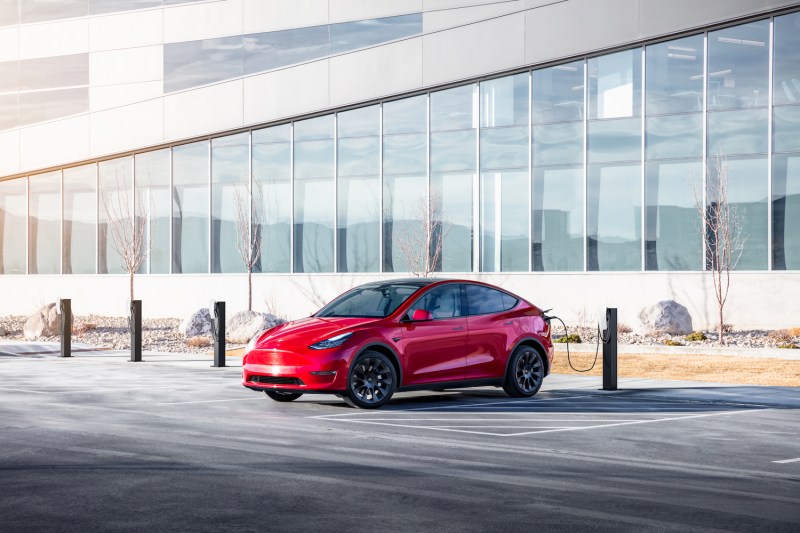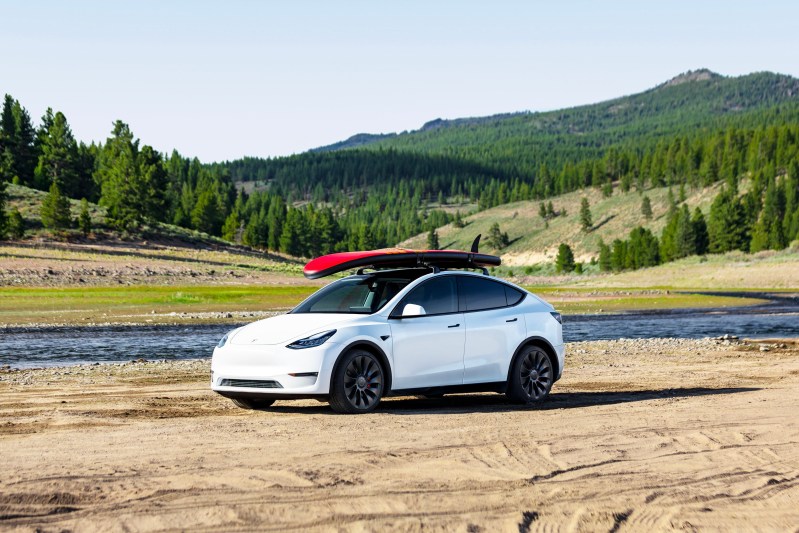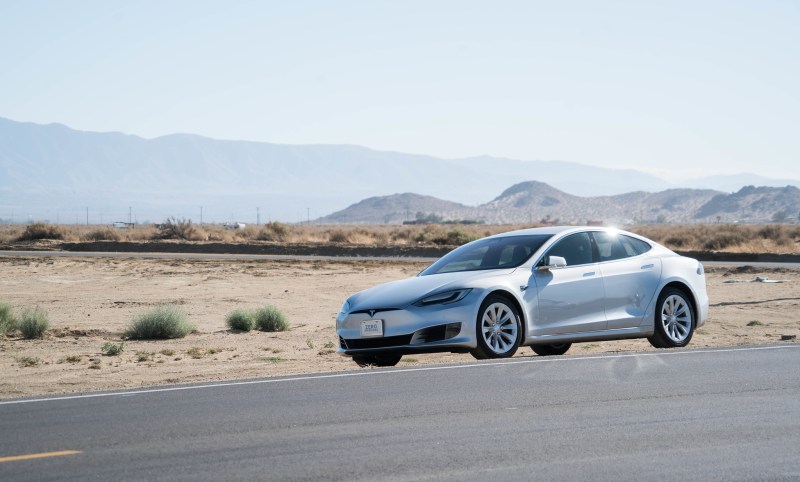
Following an updated EPA ruling on estimating EV battery range, Tesla recently recalculated the range estimates for the Model S, Model X, and Model Y. Range estimates are now lower for most model configurations. However, three remain the same, and one configuration now has a higher estimated range.
The Tesla website model configurator displays the new range estimates for the Model S, Model X, and Model Y. Range estimates for the Tesla Model 3 and Cybertruck are currently unchanged.

Why Tesla EV range estimates are important
Range matters. EV range anxiety is a crucial concern cited by consumers considering their first EV purchase, along with high vehicle prices, sparse charging station infrastructure, and long-term reliability. Range estimates for new electric vehicles are expected to increase as new battery technologies come online, but lowering range numbers sends the wrong message to tentative EV buyers.
Decreasing range estimates for Tesla, the automaker many equate with EVs, can be especially disconcerting. Tesla EV range estimates are often much higher than competing EV automaker brands, which could sway buying decisions in Tesla’s favor even with higher purchase prices.

If consumers lose confidence in range estimates from any car company, that company loses. However, prolonged uncertainty with Tesla range estimates, as the leading brand, reflects poorly on the entire EV industry.
If the updated EPA range estimate calculation method is applied for all EVs, and assuming it is more realistic than earlier methods, growing buyer trust in range estimates should help shore up concern.
In Tesla’s case, as the company that proved EVs could sell at high production levels, conforming to the updated EPA range calculation ruling should help to answer questions about over-optimistic range estimates.

Range changes in Tesla Model S, X, and Y
The table below shows that not all Tesla models have estimated range reductions. Three variants are unchanged, and one configuration had a range increase. The new range estimates vary from 9.3% lower to 1.9% increased range. The range estimates below are from the Tesla website model configuration tool.
| Tesla model | Old range in miles | New range in miles | Change (%) |
| Model S Long Range with 19-inch wheels | 405 | 405 | 0.0% |
| Model S Long Range with 21-inch wheels | 375 | 362 | +1.9% |
| Model S Plaid with 19-inch wheels | 396 | 359 | -9.3% |
| Model S Plaid with 21-inch wheels | 348 | 320 | -8.0% |
| Model X Long Range with 20-inch wheels | 248 | 335 | -3.7% |
| Model X Long Range with 22-inch wheels | 330 | 322 | -2.4% |
| Model X Plaid with 20-inch wheels | 333 | 326 | -2.1% |
| Model X Plaid with 22-inch wheels | 311 | 300 | -3.5% |
| Model Y RWD with 19-inch wheels | 260 | 260 | 0.0% |
| Model Y RWD with 20-inch wheels | 242 | 242 | 0.0% |
| Model Y Long Range with 19-inch wheels | 330 | 310 | -6.1% |
| Model Y Long Range with 20-inch wheels | 318 | 292 | -8.2% |
| Model Y Performance | 303 | 285 | -5.9% |



